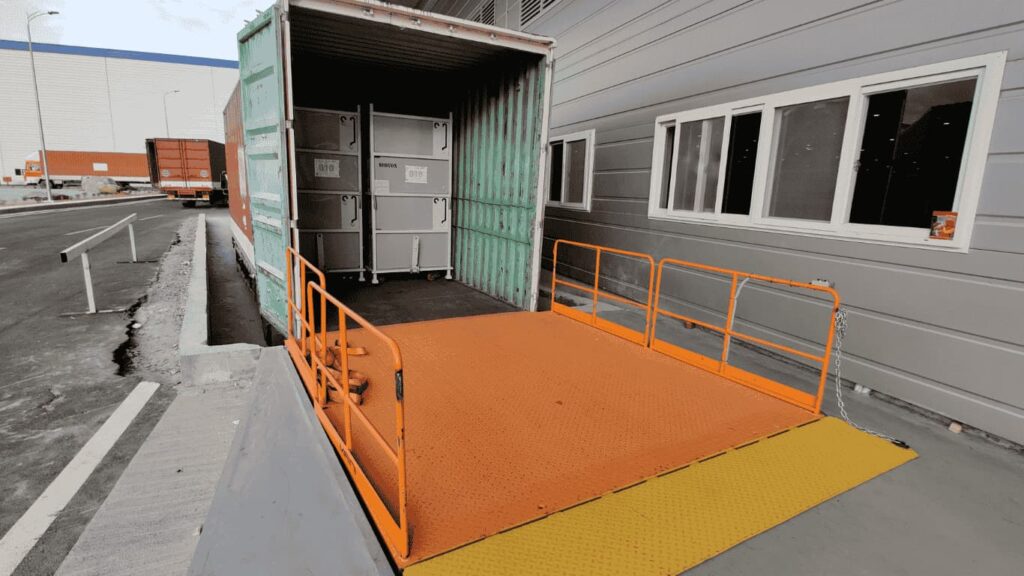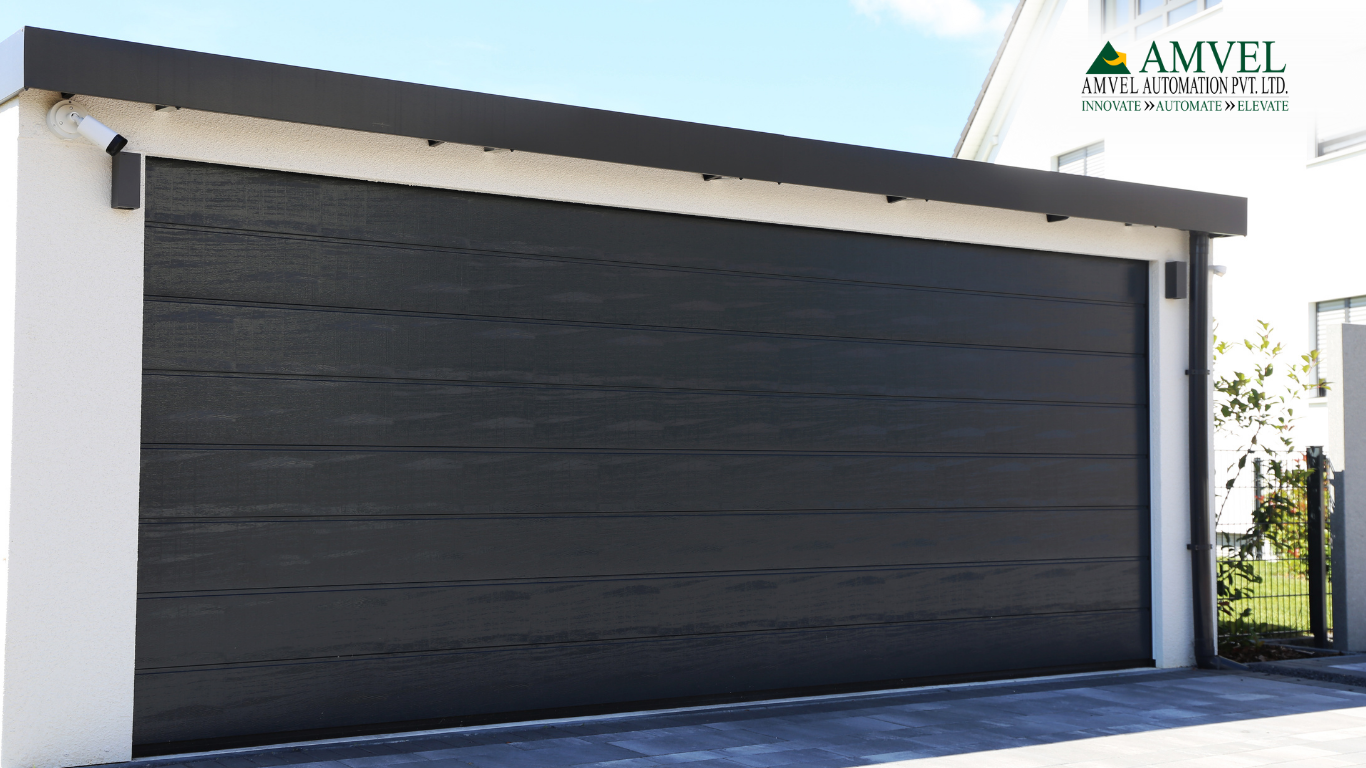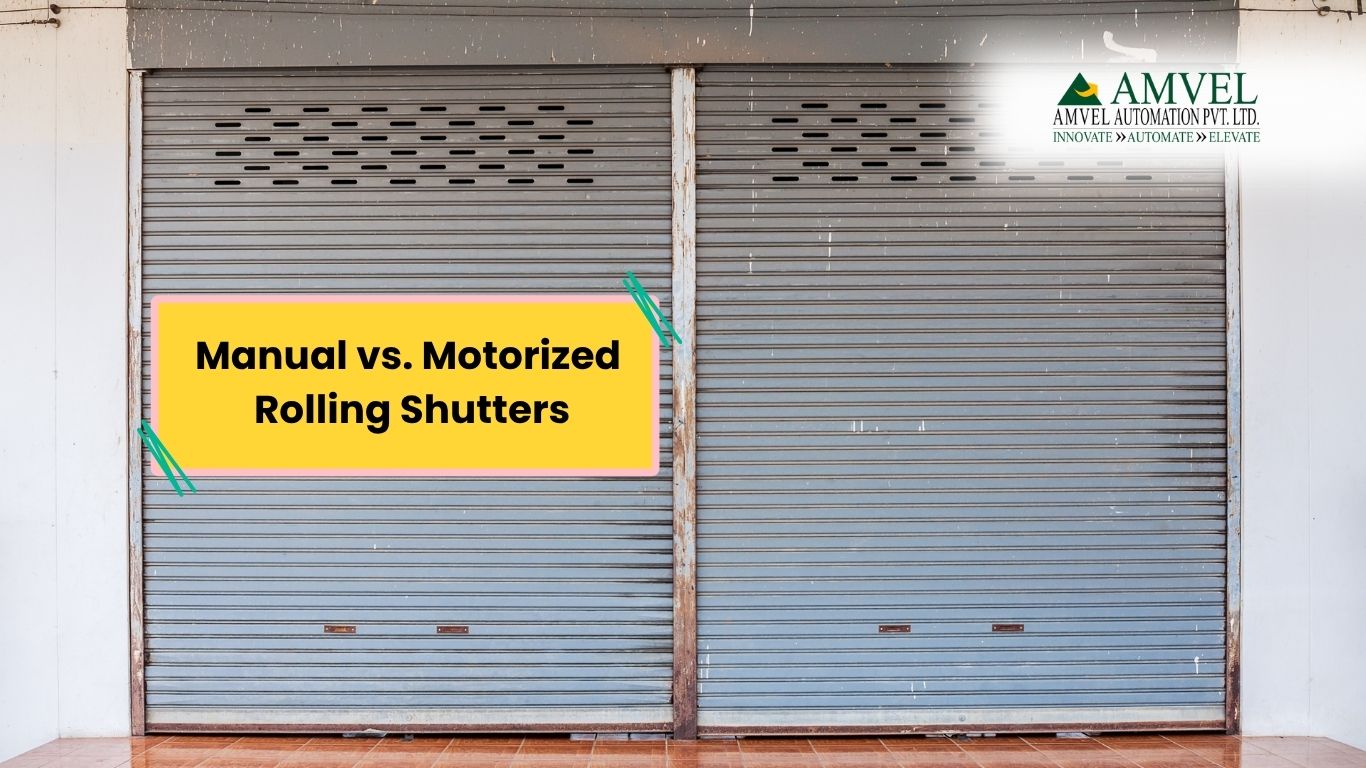Table of Contents
ToggleIntroduction:
A busy warehouse, trucks lined up at the loading dock, and suddenly—the dock leveler stuck with problem. The operation grinds to a halt, delaying shipments and creating a potential safety hazard. This is a headache for warehouse managers and logistics professionals.
Dock levelers are essential components of any loading dock, bridging the gap between trucks and the facility floor for smooth cargo transfer. However, like any mechanical system, they are prone to wear and tear, hydraulic failures, and mechanical breakdowns. Regular maintenance can prevent costly repairs, improve operational efficiency, and enhance safety.
In this article, we’ll discuss 10 common dock leveler problems, their causes, and how to fix them. Whether you manage a warehouse, distribution center, or industrial facility, understanding these issues can help you keep your loading docks running smoothly.
1. Dock Leveler Not Lowering or Raising Properly
Issue:
The dock leveler fails to rise or lower as expected, creating inefficiencies in loading and unloading.
Possible Causes:
- Hydraulic fluid levels are too low.
- Electrical issues, such as a faulty power connection.
- Worn-out hydraulic or mechanical components.
Solution:
- Check the hydraulic fluid levels and refill if necessary.
- Inspect the power supply and control panel for any electrical faults.
- Replace worn-out parts such as hydraulic pumps, cylinders, or springs.

2. Slow or Unresponsive Dock Leveler
Issue:
The dock leveler takes longer than usual to operate, leading to delays.
Possible Causes:
- Hydraulic fluid contamination or low fluid levels.
- Air trapped in the hydraulic system.
- Malfunctioning motor or worn-out control valves.
Solution:
- Check hydraulic fluid and replace if it appears dirty or contaminated.
- Bleed the hydraulic system to remove any trapped air.
- Test the motor and control valves, replacing them if necessary.
Also Read : How Does a Hydraulic Dock Leveler Work?
3. Dock Leveler Lip Not Extending Fully
Issue:
The dock leveler lip doesn’t extend completely, making it difficult to load cargo safely.
Possible Causes:
- Rust or dirt buildup on the lip hinge.
- Broken or weakened tension springs.
- Damaged lip extension mechanism.
Solution:
- Clean and lubricate the lip hinge regularly.
- Check and replace broken tension springs.
- Inspect the extension mechanism for damage and repair as needed.
4. Hydraulic Fluid Leaks
Issue:
Puddles of hydraulic fluid are found beneath the dock leveler, reducing efficiency and causing safety risks.
Possible Causes:
- Worn-out seals or gaskets.
- Loose hydraulic fittings.
- Cracked or punctured hydraulic hoses.
Solution:
- Replace damaged seals and gaskets to prevent further leaks.
- Tighten all hydraulic fittings to ensure proper connections.
- Inspect and replace any cracked hoses immediately.
5. Strange Noises During Operation
Issue:
Unusual grinding, squeaking, or banging noises occur when operating the dock leveler.
Possible Causes:
- Lack of lubrication in moving parts.
- Worn-out bearings or hinges.
- Loose or misaligned components.
Solution:
- Regularly lubricate moving parts such as hinges and bearings.
- Inspect and replace worn-out bearings to prevent further damage.
- Check for loose or misaligned parts and tighten or realign them.
6. Uneven Dock Leveler Platform
Issue:
The platform does not sit evenly, making loading and unloading unsafe.
Possible Causes:
- Damaged dock frame or misaligned pivot points.
- Uneven hydraulic pressure.
- Excessive wear and tear.
Solution:
- Realign the platform to ensure it is level.
- Check the hydraulic system for uneven pressure distribution.
- Replace worn-out pivot points and reinforce weak areas.
7. Dock Leveler Stuck in the Up Position
Issue:
The dock leveler remains elevated and does not return to its resting position.
Possible Causes:
- Broken return springs.
- Faulty hydraulic controls.
- Obstructions in the hydraulic system.
Solution:
- Check and replace broken return springs.
- Inspect the hydraulic system for obstructions and clear them.
- Test the control panel and electrical components for faults.
8. Excessive Wear and Tear on the Dock Leveler
Issue:
The dock leveler shows signs of extreme damage, such as cracks, rust, or structural weakness.
Possible Causes:
- High-frequency usage without regular maintenance.
- Corrosion from exposure to moisture and chemicals.
- Overloading beyond capacity.
Solution:
- Schedule regular maintenance and inspections to catch early signs of wear.
- Apply protective coatings to prevent rust and corrosion.
- Ensure dock levelers are used within their weight capacity.
9. Dock Leveler Collapsing Unexpectedly
Issue:
The dock leveler suddenly drops, posing a serious safety risk.
Possible Causes:
- Weak hydraulic pressure.
- Faulty safety locks or holding mechanisms.
- Structural failure in the platform.
Solution:
- Check hydraulic pressure levels and adjust if needed.
- Test safety locks and replace faulty components.
- Reinforce weak structural areas to improve durability.
10. Dock Leveler Safety Hazards and Accidents
Issue:
Operators face risks such as slips, falls, or equipment damage due to unsafe dock conditions.
Possible Causes:
- Lack of safety features such as warning signals.
- Operator errors due to insufficient training.
- Poor visibility or lighting in the dock area.
Solution:
- Implement safety features such as LED warning lights and non-slip surfaces.
- Train employees on proper dock leveler usage.
- Improve lighting and signage around the loading dock.
Preventive Maintenance Tips for Dock Levelers
To avoid costly repairs and ensure safe operations, follow these maintenance tips:






Conclusion: Keep Your Dock Levelers Running Smoothly
Dock levelers are critical in the operations of warehouse and logistics efficiency. However, if not maintained properly can lead to operational delays, safety risks, and expensive repairs. By identifying these common dock leveler issues early and taking preventive action, you can ensure smoother operations and safer working conditions.
At Amvel Automation, we understand that a well-functioning dock leveler is essential for maintaining seamless warehouse and logistics operations. Ignoring common dock leveler issues can lead to costly downtime, safety hazards, and inefficiencies. By proactively addressing these problems through regular inspections, timely repairs, and preventive maintenance, you can extend the lifespan of your dock equipment and improve workplace safety.
Our team at Amvel Automation specializes in high-quality automatic dock levelers, repair services, and customized automation solutions to keep your loading docks operating at peak efficiency. Whether you need new installations, maintenance, or emergency repairs, we have the expertise to support your business.
Don’t let dock leveler issues slow you down!
Looking for high quality dock leveller to install in your warehouse operation process?
Contact Amvel Automation
Amvel Automation is one of the leading Dock Leveler Manufacturer in India
We also a manufacturer of
and More Industrial Automation Products
To know more visit our products page https://amvelautomation.com/our-products



